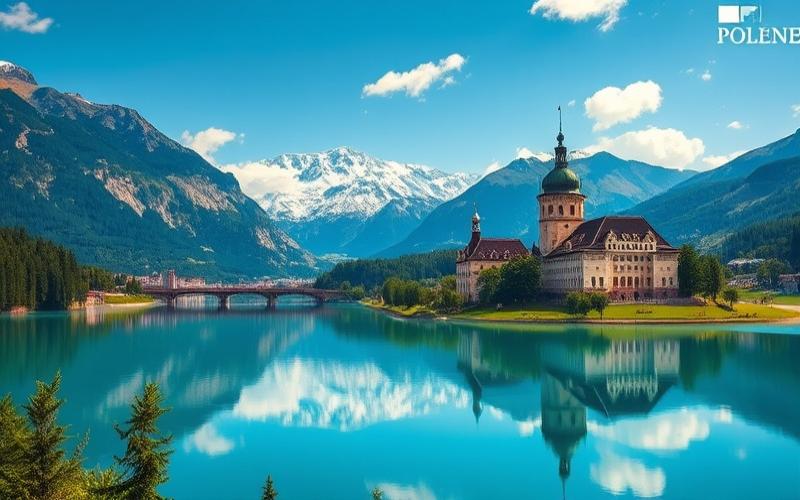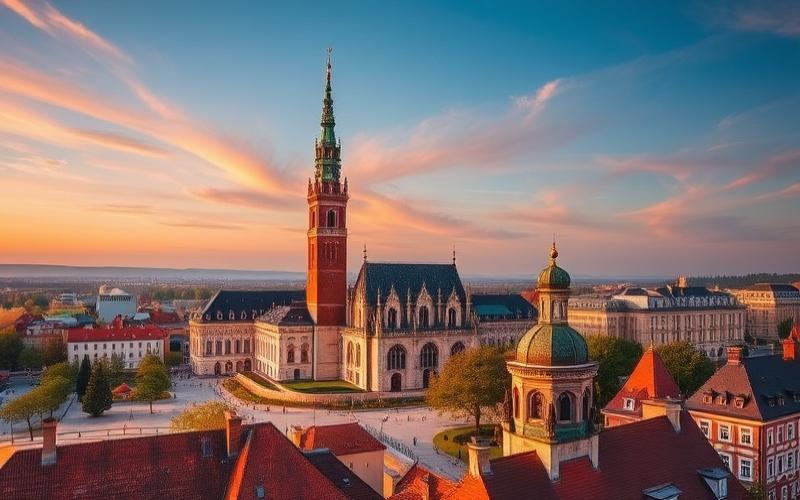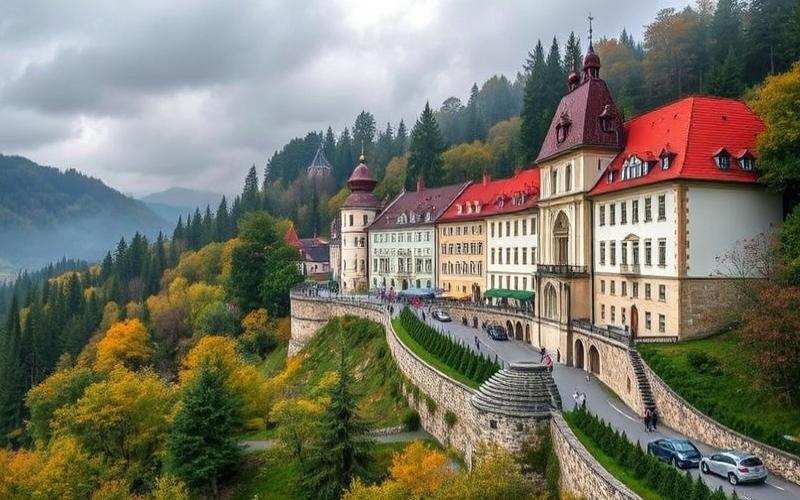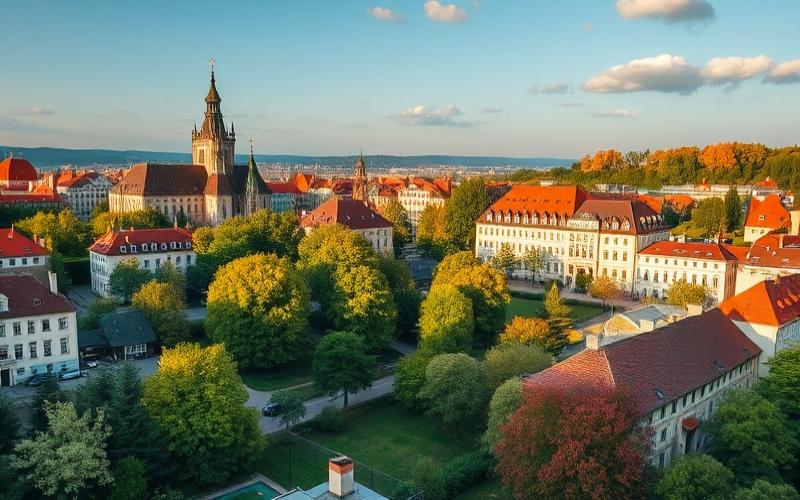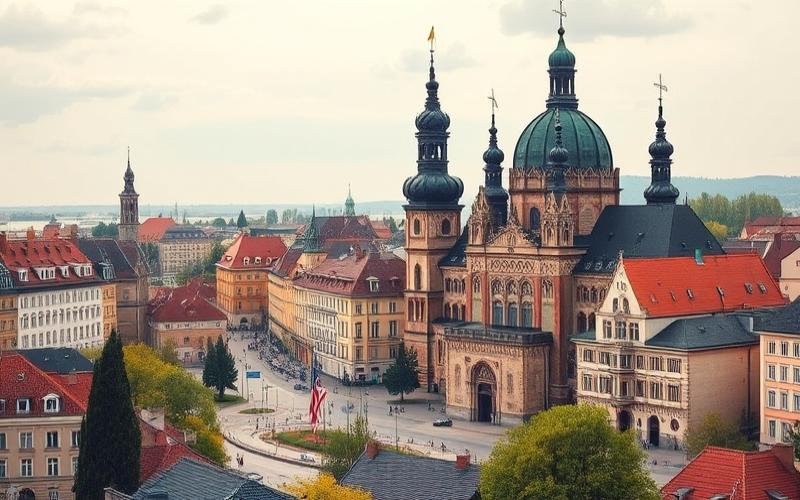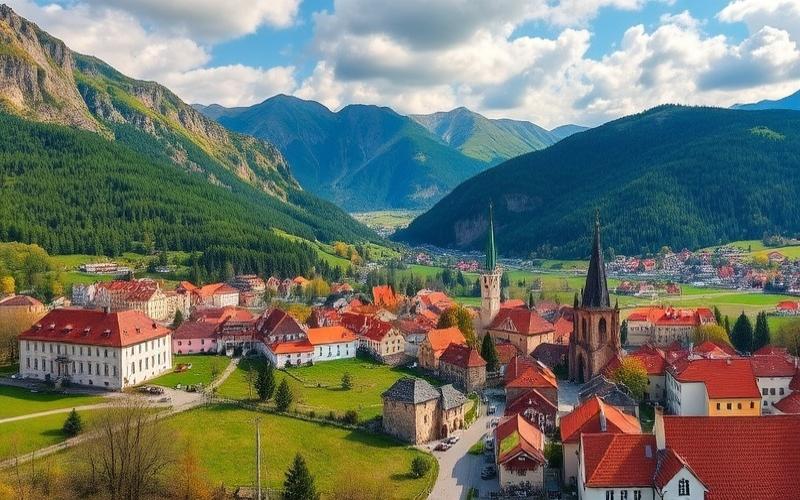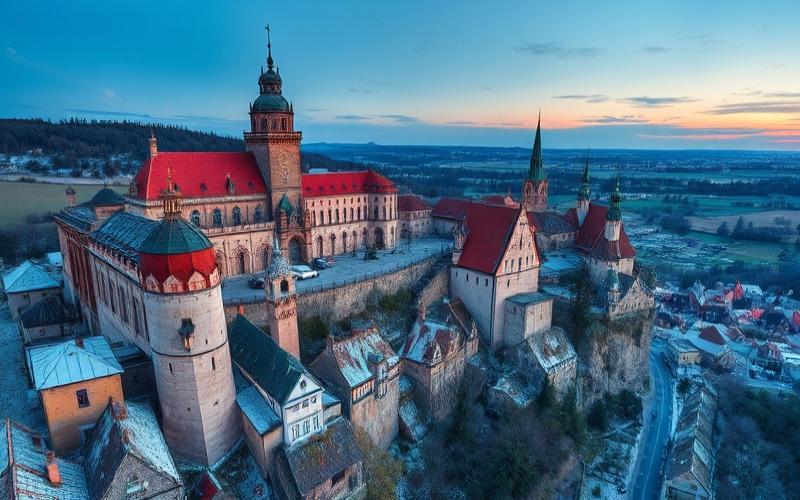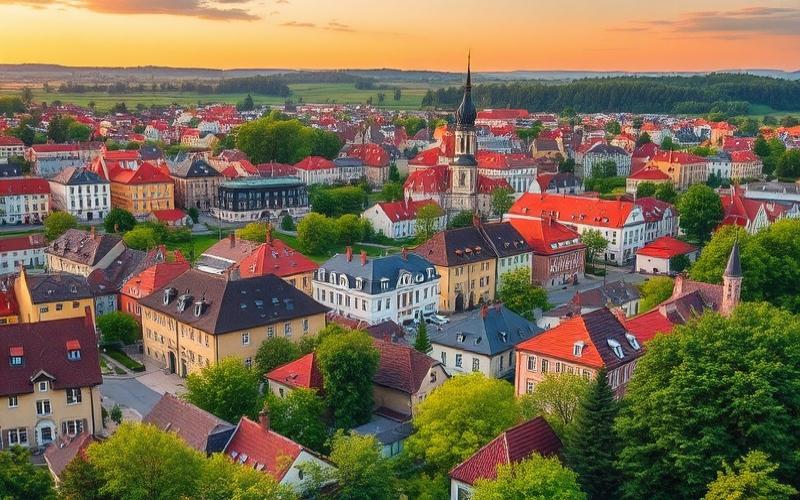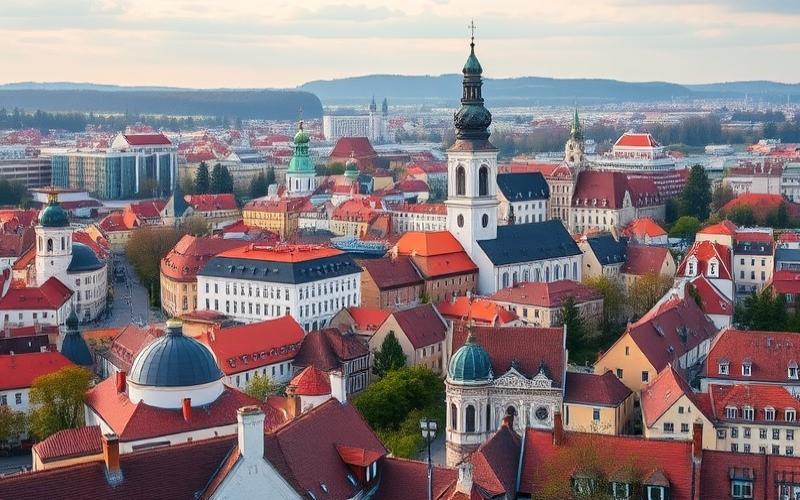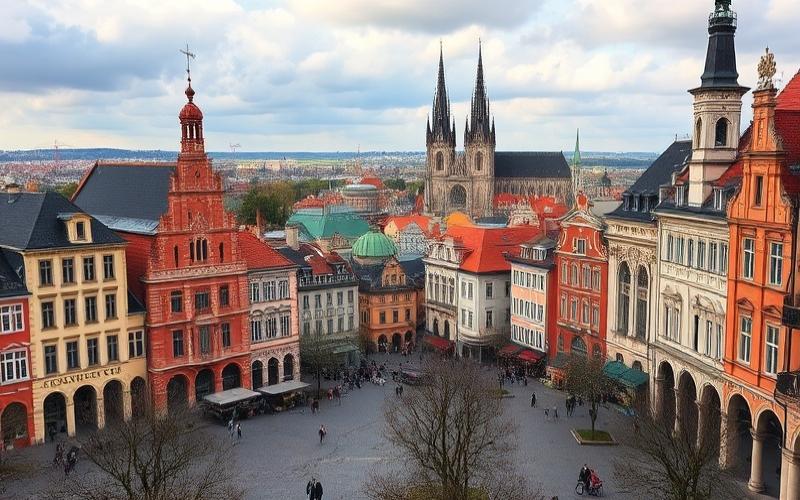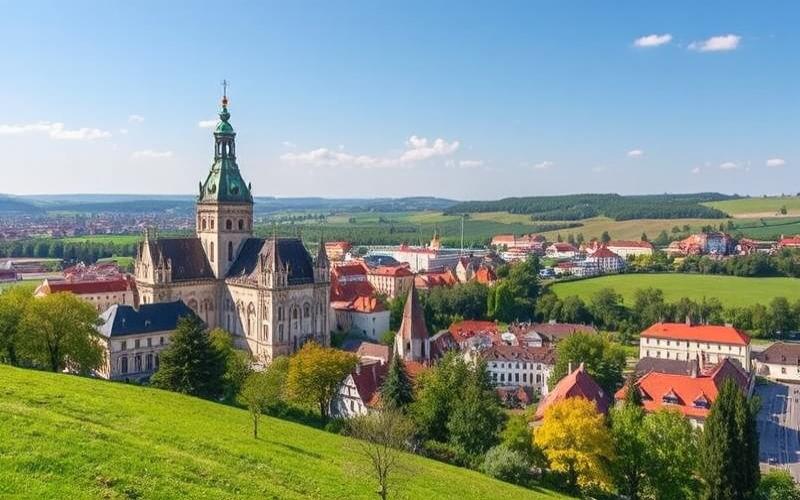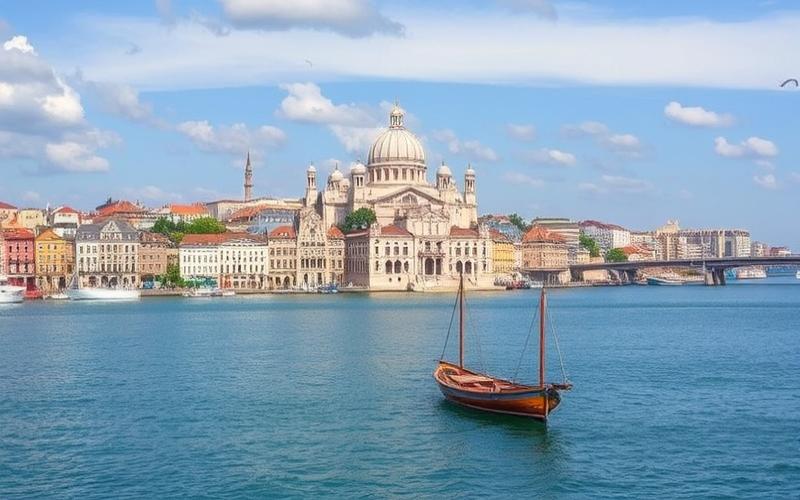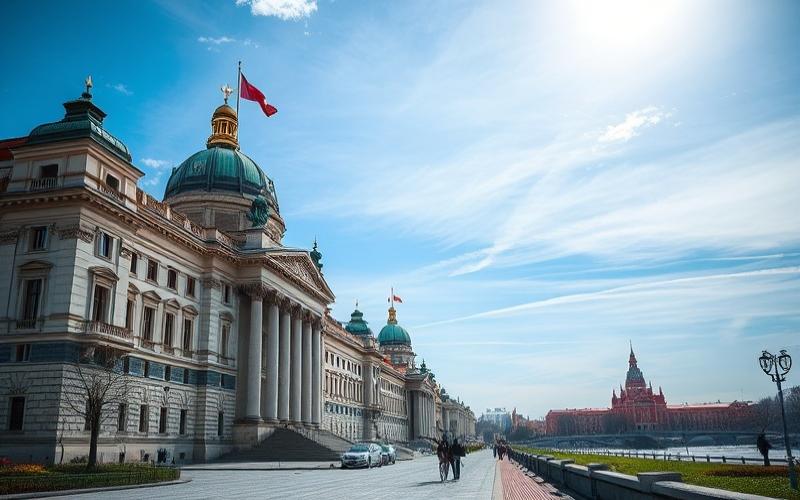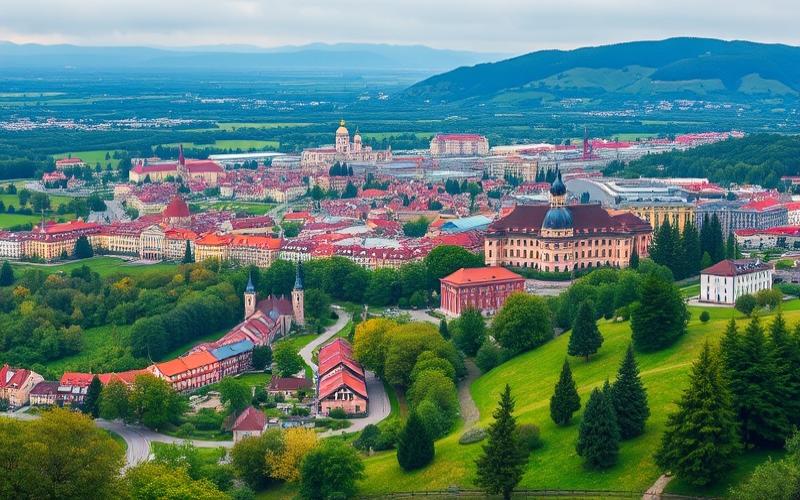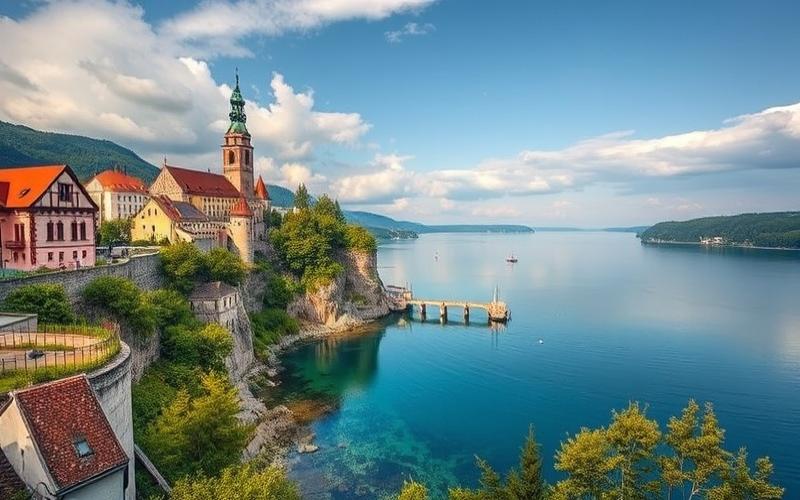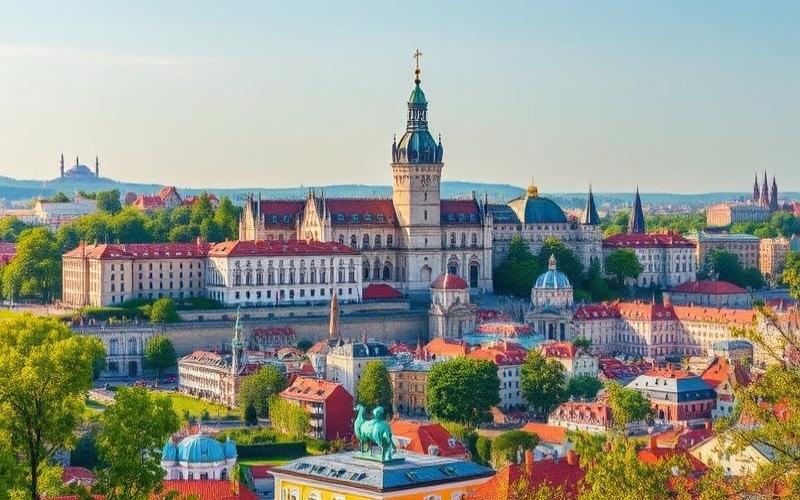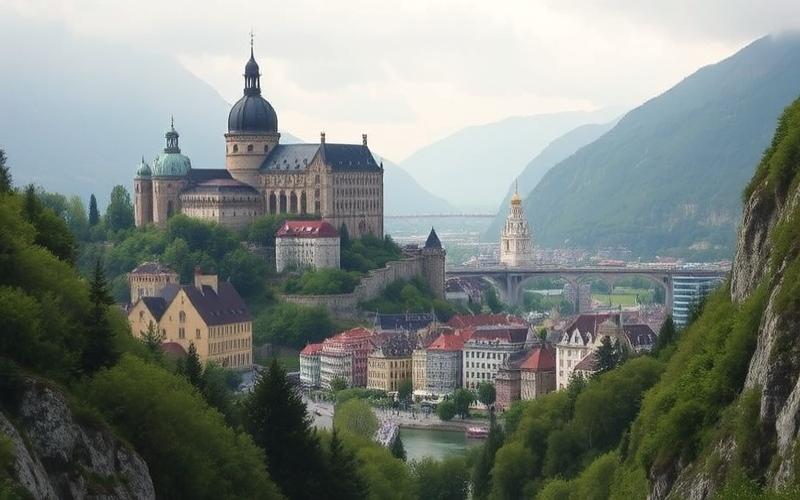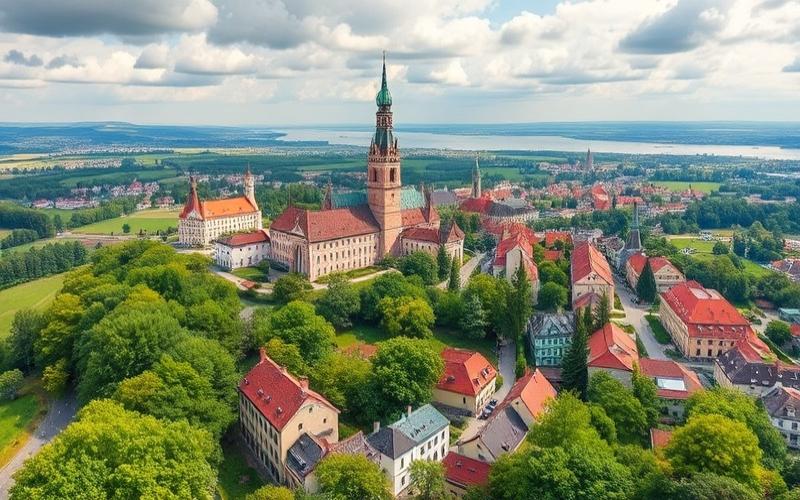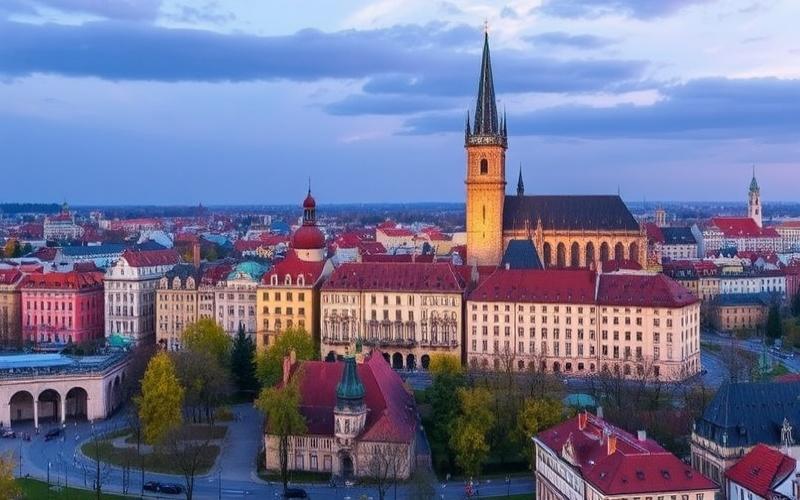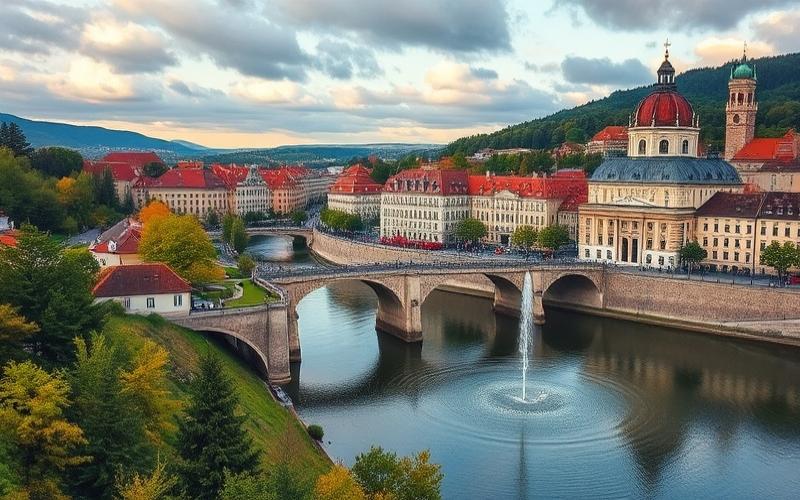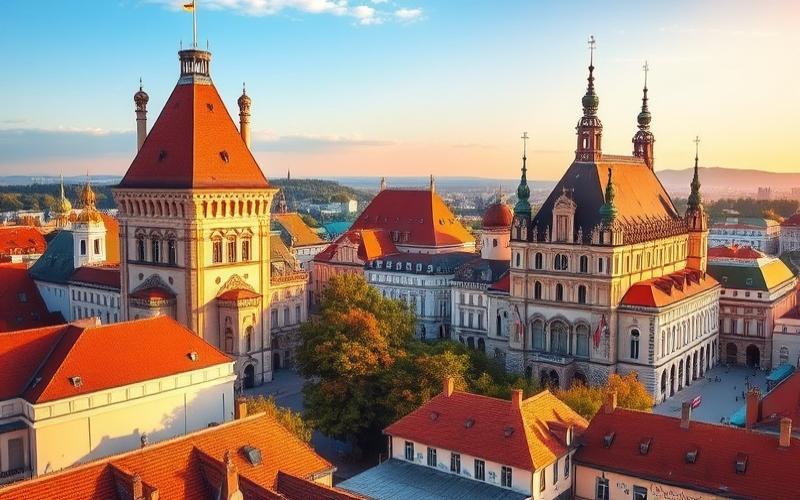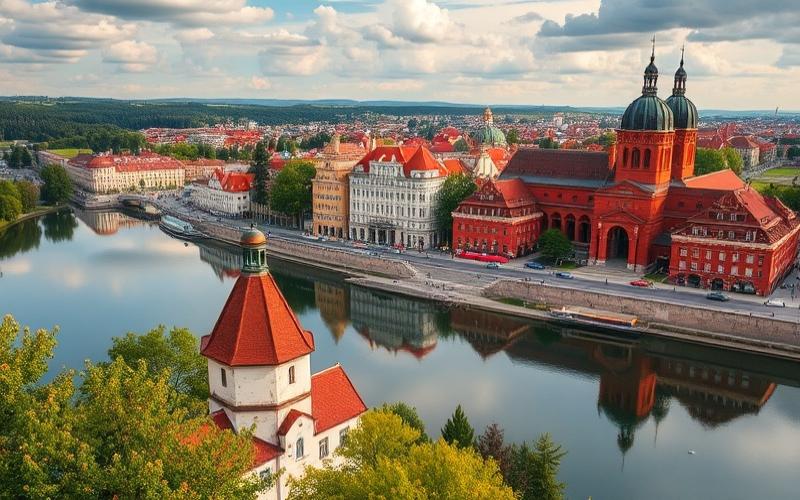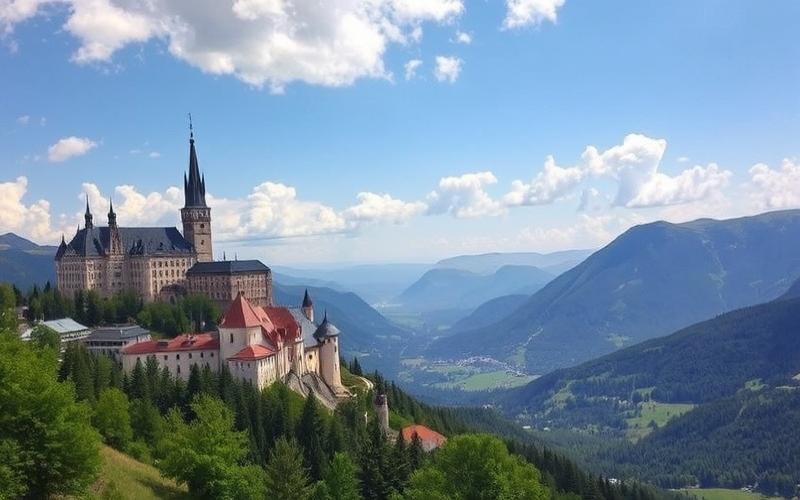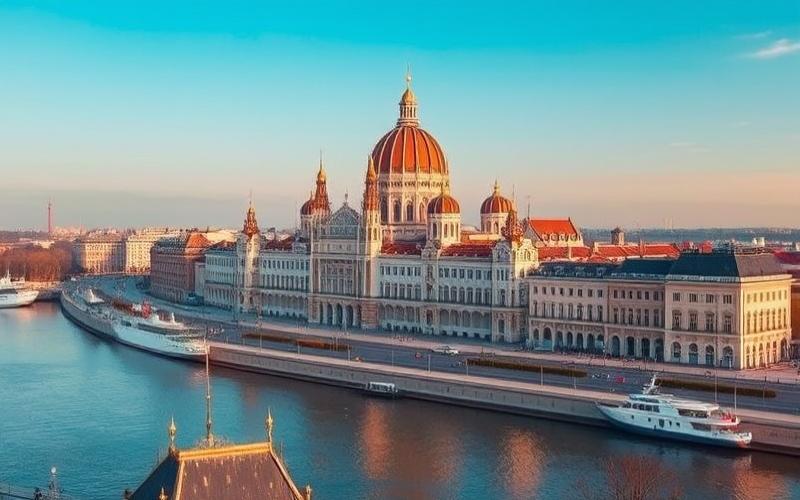
 Published on and written by Cyril Jarnias
Published on and written by Cyril Jarnias
Investing in a Seaside Property
Investing in a seaside property can be an achievable dream for many buyers, and Poland, with its picturesque beaches on the Baltic Sea, is emerging as a new destination of choice.
This guide aims to assist future owners through the specific intricacies of the Polish real estate market, addressing crucial aspects such as:
- Finding the ideal location
- Understanding local regulations
- Evaluating hidden costs
As demand for these properties increases, it is essential to equip yourself with the necessary tools to make an informed investment and fully enjoy the charm of the Polish coast.
The Best Places on the Polish Coast to Invest
Gdańsk, Sopot, Gdynia, and Międzyzdroje are among the most attractive Polish coastal destinations for real estate investment due to their combination of economic dynamism, modern infrastructure, and strong tourism potential.
| City/Region | Infrastructure and Accessibility | Tourist Attractiveness | Economic Prospects | Average Price (€/m²) | Common Property Types |
| Gdańsk | Major seaport, international road routes, developed rail and airport access. | Historic seaside city with renowned beaches, UNESCO-listed old town. | Steady growth from maritime trade and services; sustained urban development. | ~2,400 | Modern apartments, suburban houses |
| Sopot | Connected to Gdańsk/Gdynia by SKM (urban train), proximity to airport. | Chic spa resort famous for Europe’s longest wooden pier; vibrant nightlife. | Market highly sought after by upscale tourism; stable demand for seasonal rentals. | ~3,500–4,000 | Luxury apartments, historic villas |
| Gdynia | Major port (cargo/passengers), good highway/rail connection with Tricity. | Unique modernist style; major cultural festivals; direct access to the Baltic Sea. | Dynamic regional business district; steady population growth. | ~2,200–2,600 | New or renovated housing near the waterfront |
| Miedzyzdroje | Easy road access from Szczecin/Berlin, railway station near main beaches. | Family seaside destination on Wolin Island with nearby national park; Polish film festival. | Highly seasonal market but stable long-term values through growing international tourism. | ~2,200–3,000 | Small recent residential buildings/vacation homes |
Key Investment Strengths:
- Robust national economic growth: Polish GDP is expected to rise 3-4% in 2025 with a gradual decrease in interest rates favoring real estate credit.
- Strong rental demand: Coastal cities experience a constant influx of domestic/international tourists as well as growing urban populations that stimulate short/mid-term rentals.
- Continuous infrastructure development: Modernized ports (notably in Gdańsk/Gdynia), new or renovated road routes facilitating logistics/tourist flows.
Recent Coastal Real Estate Market Trends:
- Prices remain lower than those in major European capitals while offering attractive rental yields (>6% in some neighborhoods).
- Significant diversification of the property stock: new or renovated apartments in city centers/beachfront; townhouses or villas mainly for vacation homes/tourism.
- Strong presence of foreign investors attracted by favorable taxation and protective regulatory framework.
Impact of Coastal Climate/Environment:
The marine environment maintains strong attractiveness but imposes specific technical standards during new constructions/renovations (increased resistance against humidity/sea salts). Local plans also encourage ecological preservation which sometimes limits land supply but ensures sustainable appreciation.
Key Takeaway:
Polish coastal cities offer excellent value for various investor profiles, whether through classic rental purchases (apartment/villa) or developing seasonal tourism activities in a privileged natural environment.
Summary List of Available Property Types:
- Modern/older apartments
- Townhouses
- Individual/seafront villas
- Vacation homes/tourist rentals
Prospects remain positive through 2025 thanks to the supportive macroeconomic context and growing international appeal of the Polish coastline!
Good to Know:
Gdańsk, with its dynamic port and historical heritage, offers good investment opportunities, particularly in contemporary apartments located near the old town, where prices have increased by about 7% over the past year. Sopot, prized for its beaches and vibrant nightlife, is ideal for investing in luxury villas, although prices there are among the highest on the coast. Gdynia, often preferred for its modern infrastructure and easy access to transportation, offers attractive family homes with a booming real estate market. Międzyzdroje, known for its natural landscapes and cultural festivals, attracts with more affordable yet promising properties due to tourist influx. Current trends show strong demand for energy-efficient housing, influenced by the maritime climate, and notable appreciation potential despite variability.
Effective Strategies for Buying Seaside Property in Poland
Location is a determining factor when buying a seaside property in Poland. The Polish coastline, approximately 500 km long, presents varied profiles depending on the region: the western coast (near Świnoujście and Międzyzdroje) is known for its family resorts, while the Tricity — Gdańsk, Sopot, and Gdynia — offers a dynamic market focused on international tourism, access to urban infrastructure, and strong rental demand. The eastern coast, wilder towards Hel or Łeba, attracts for its authenticity but offers fewer modern infrastructures.
Comparative Table of Main Coastal Cities:
| City | Market Profile | Main Strengths |
| Gdańsk | Urban/touristic | Historical heritage, strong economy |
| Sopot | Upscale | Prestigious seaside resort |
| Gdynia | Residential/business | Modern port, cultural life |
A thorough market study is essential before any purchase. In 2025:
- Prices in the Tricity region have progressed rapidly (+11 to +14% annually), with an average for Gdańsk city center around 16,233 PLN/m².
- Sopot remains among the most expensive localities in the country (often >15,000 PLN/m²), justified by its tourist notoriety.
- In Gdynia and the rest of the Polish Baltic coast, a sustained price increase is also observed due to the scarcity of available new properties.
Current Trends:
- Strong local and international demand
- Growing scarcity of new land
- High rental potential in tourist areas
Before any financial commitment, it is imperative to study:
- Annual evolution of local prices
- Volume of recent transactions
- Seasonal rental pressure
Familiarizing Yourself with Polish Legislation is an Essential Step. To Buy in Poland:
- Legal Verification
– Consultation of the land register (Księga Wieczysta)
– Check on rights associated with the property - Administrative Procedures
– Signing a preliminary agreement (“umowa przedwstępna”)
– Mandatory notary deposit (“akt notarialny”) - Restrictions for Foreigners
– EU nationals can freely purchase apartments or houses without agricultural land; non-EU or special cases (rural/forest properties), ministerial permit required.
Using a local real estate agent offers several advantages:
- Access to an expanded portfolio beyond public listings
- In-depth knowledge of sought-after neighborhoods and legal sensitive points
- Facilitated negotiation thanks to their local market experience
It is recommended to organize several visits in order to:
- Compare different properties based on their actual exposure to the seafront,
- Appreciate the general condition (construction quality often variable),
- Evaluate the immediate environment on site.
Key Points During These Visits:
- Proximity to public transport (SKM train Tricity…)
- Quick access to shops/medical services/restaurants
- Presence of schools/sports infrastructure if family use planned
- Seasonal tourist traffic versus winter calm
A successful investment depends as much on the precise choice of location as on a rigorous analysis of the local legal and economic context combined with practical knowledge acquired through on-the-ground experience.
Good to Know:
Choosing the right location is crucial when buying a seaside property in Poland, as different coastal regions, such as those in the Tricity (Gdańsk, Sopot, Gdynia), strongly influence prices and demand. A thorough market study will allow you to identify current real estate price trends, often higher in these sought-after cities but offering strong appreciation potential. It is essential to familiarize yourself with Polish real estate purchase legislation, including administrative procedures and any restrictions for foreigners. Engaging a local real estate agent can provide valuable expertise and simplify negotiations. Additionally, visiting multiple properties and evaluating surrounding infrastructure, such as transportation, amenities, and tourist attractions, are important steps to ensure a successful investment.
Disclaimer: The information provided on this website is for informational purposes only and does not constitute financial, legal, or professional advice. We encourage you to consult qualified experts before making any investment, real estate, or expatriation decisions. Although we strive to maintain up-to-date and accurate information, we do not guarantee the completeness, accuracy, or timeliness of the proposed content. As investment and expatriation involve risks, we disclaim any liability for potential losses or damages arising from the use of this site. Your use of this site confirms your acceptance of these terms and your understanding of the associated risks.






